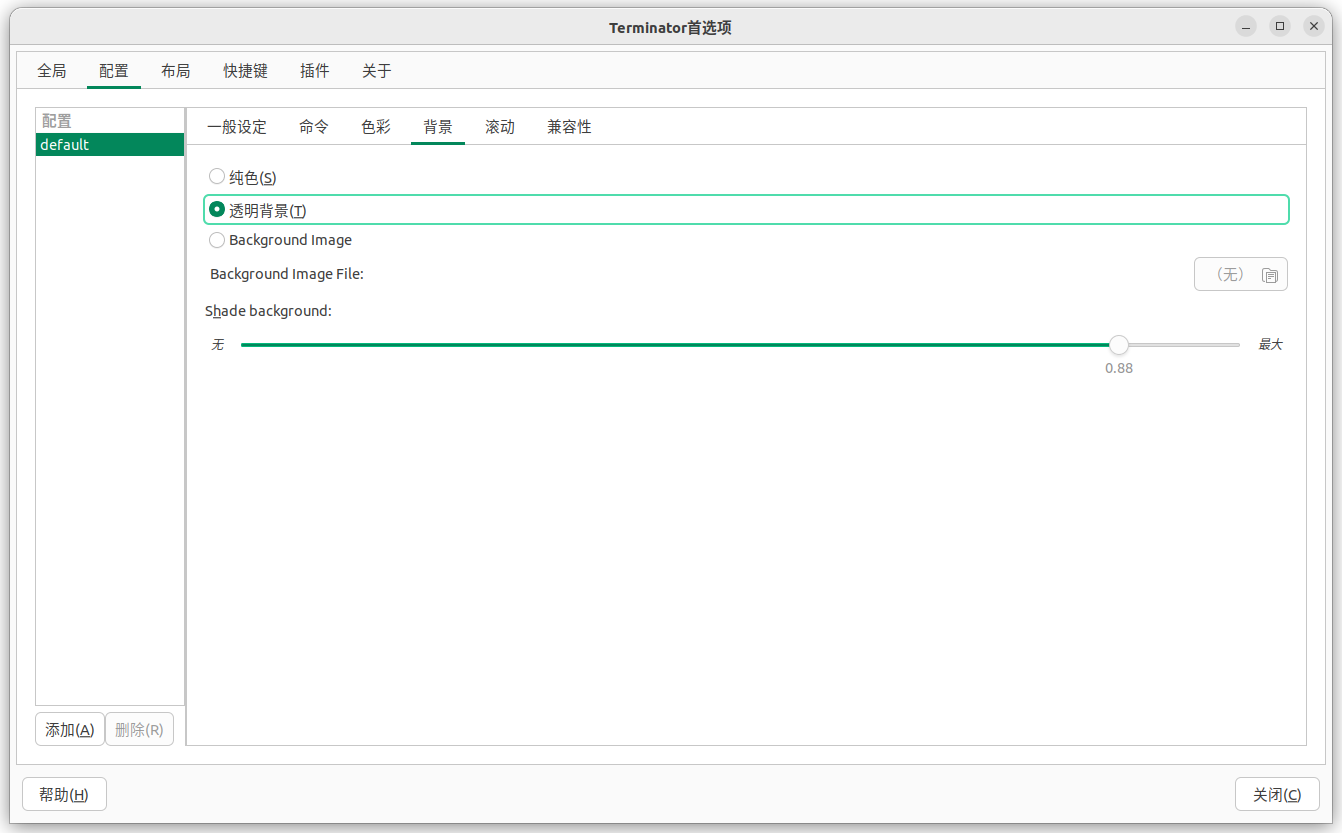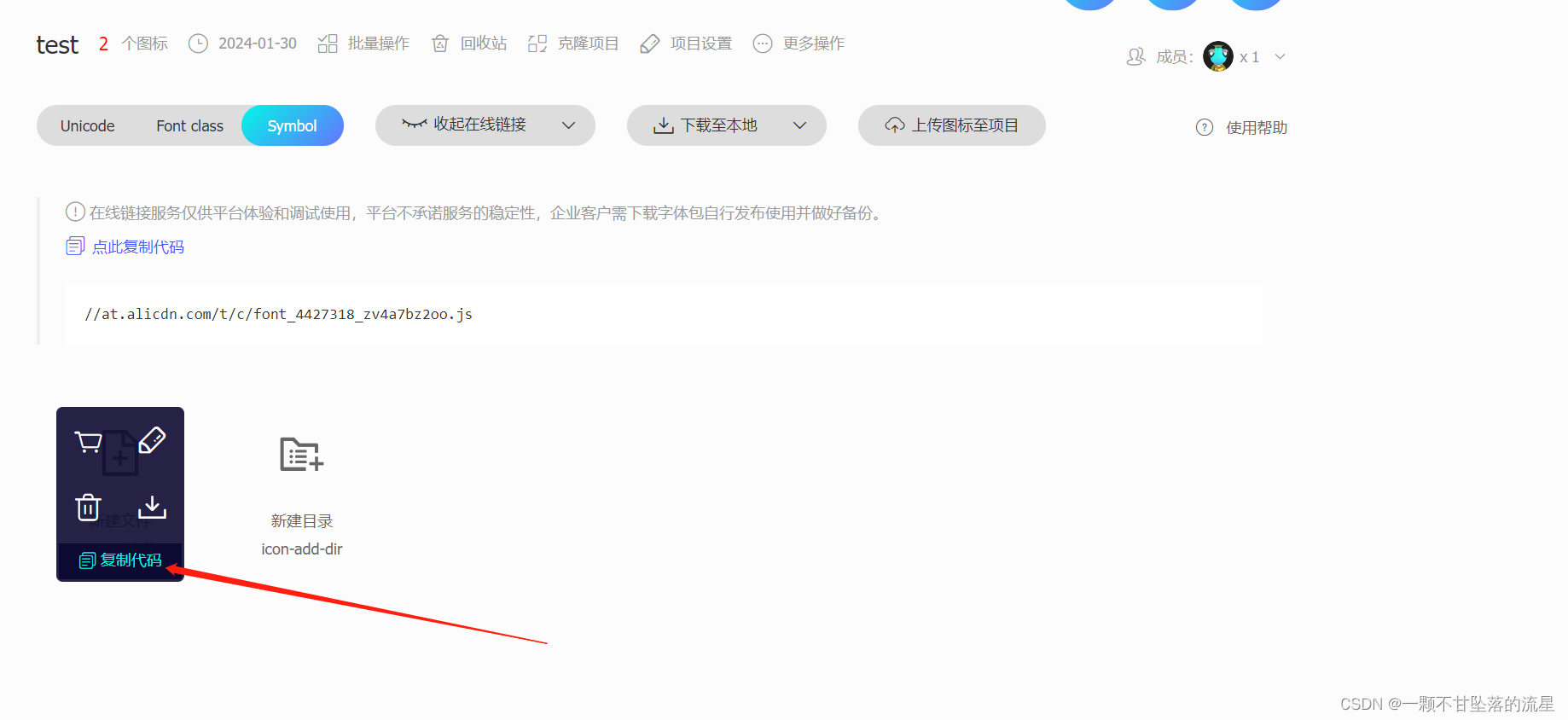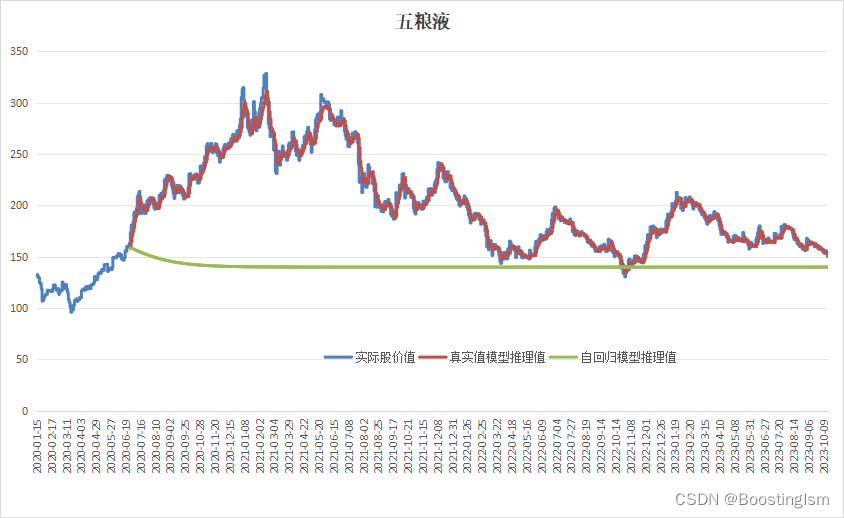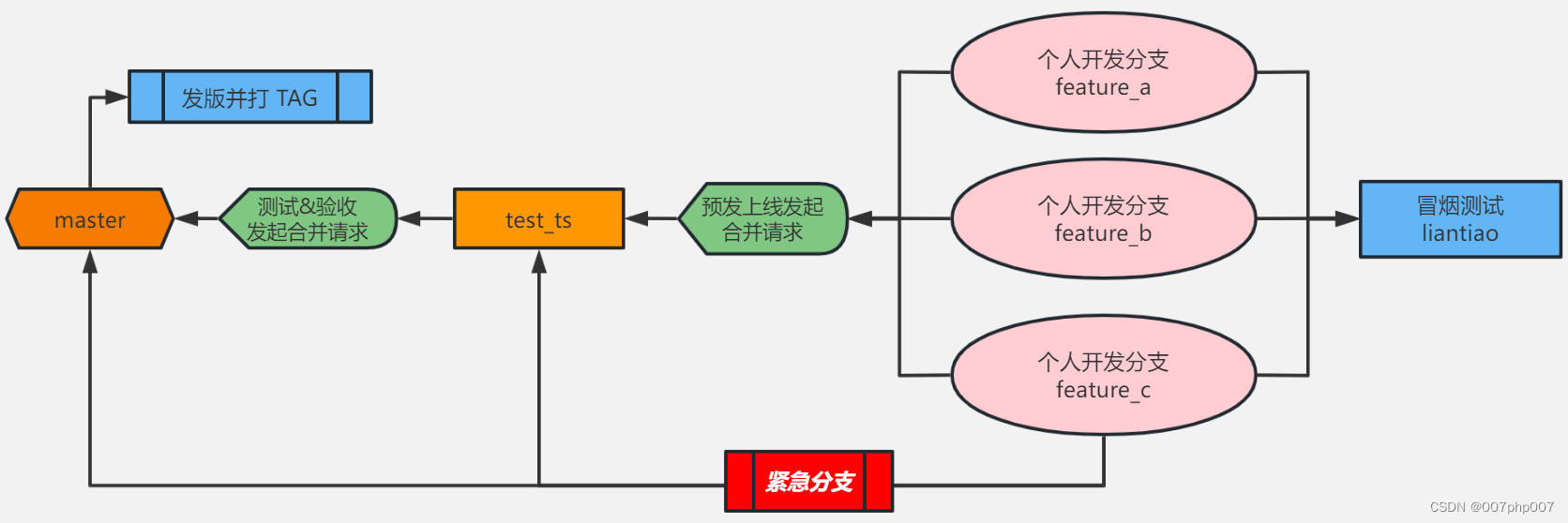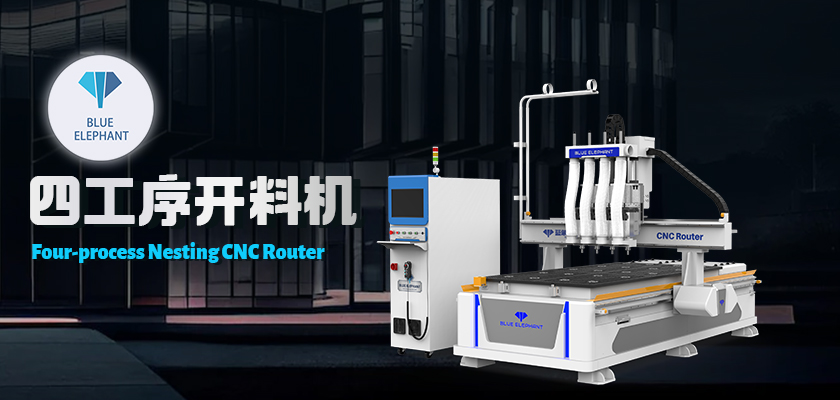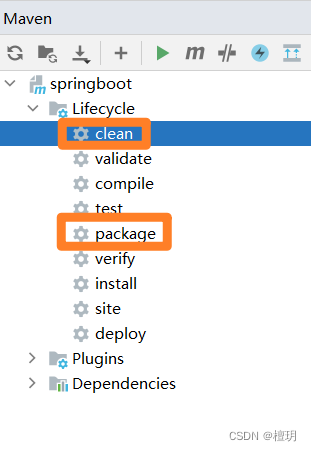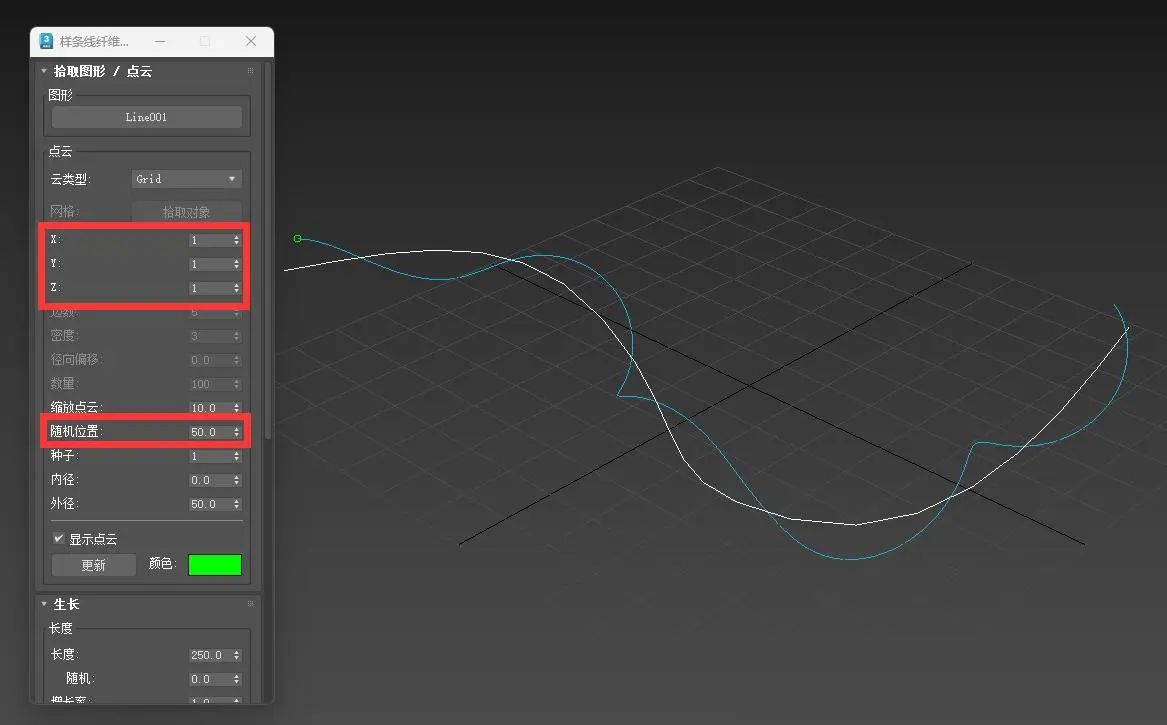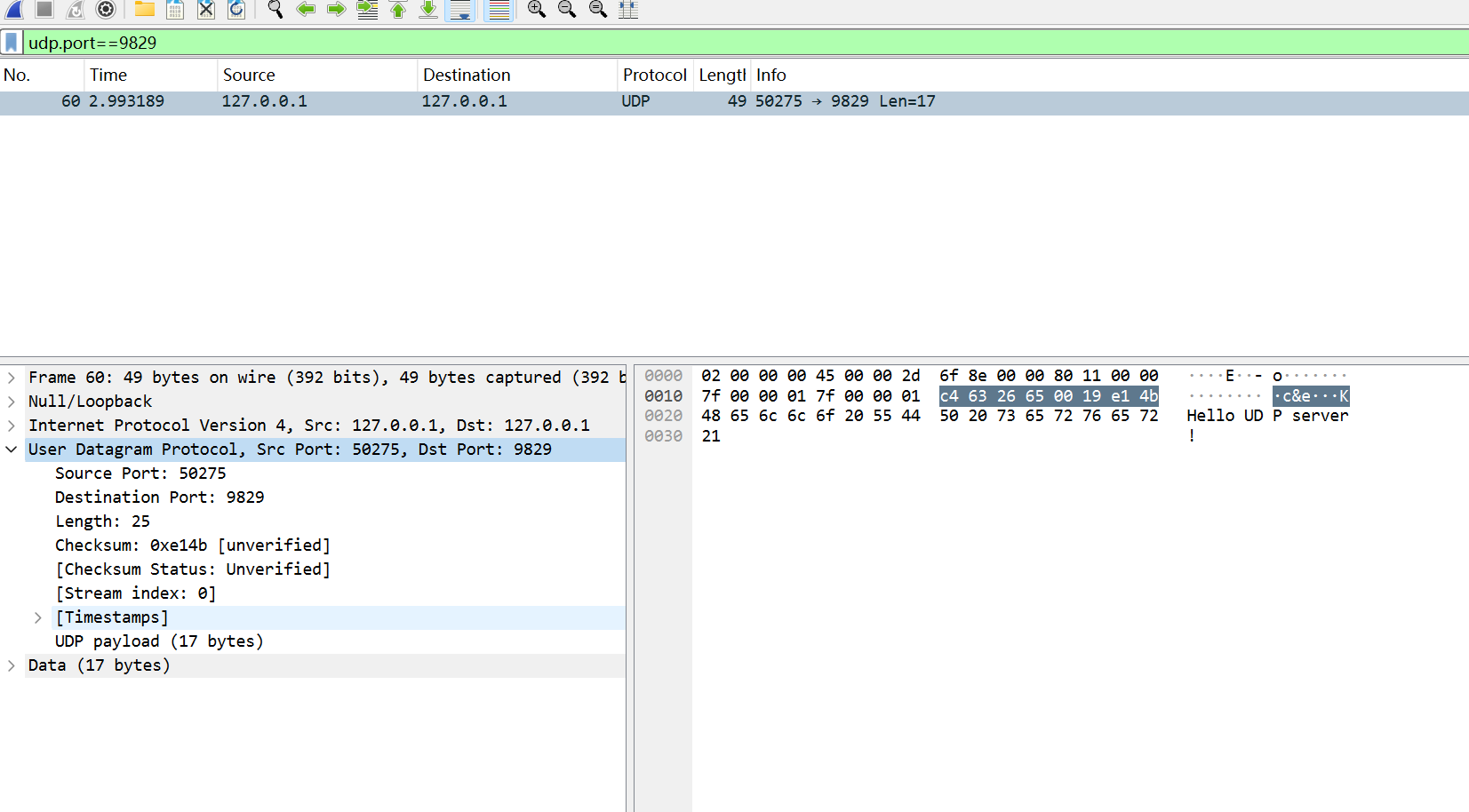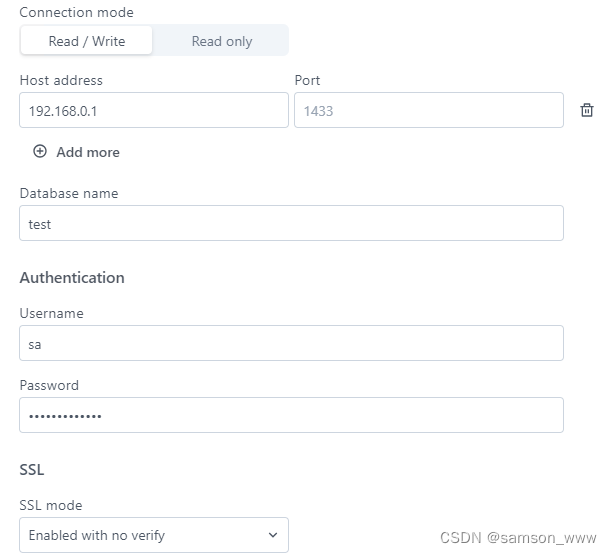文章目录
- 概念
- 结构
- 实例
- 总结
概念
备忘录模式:在不破坏封装的前提下捕获一个对象的内部状态,并在该对象之外保存这个状态,像这样可以在以后将对象恢复到原先保存的状态。
就好比我们下象棋,下完之后发现走错了,想要回退到上一步,这就是备忘录模式的应用。
该设计模式的拉丁文为Memento,在拉丁语中为【记住】的意思,到中文就改为了【备忘录】。
结构
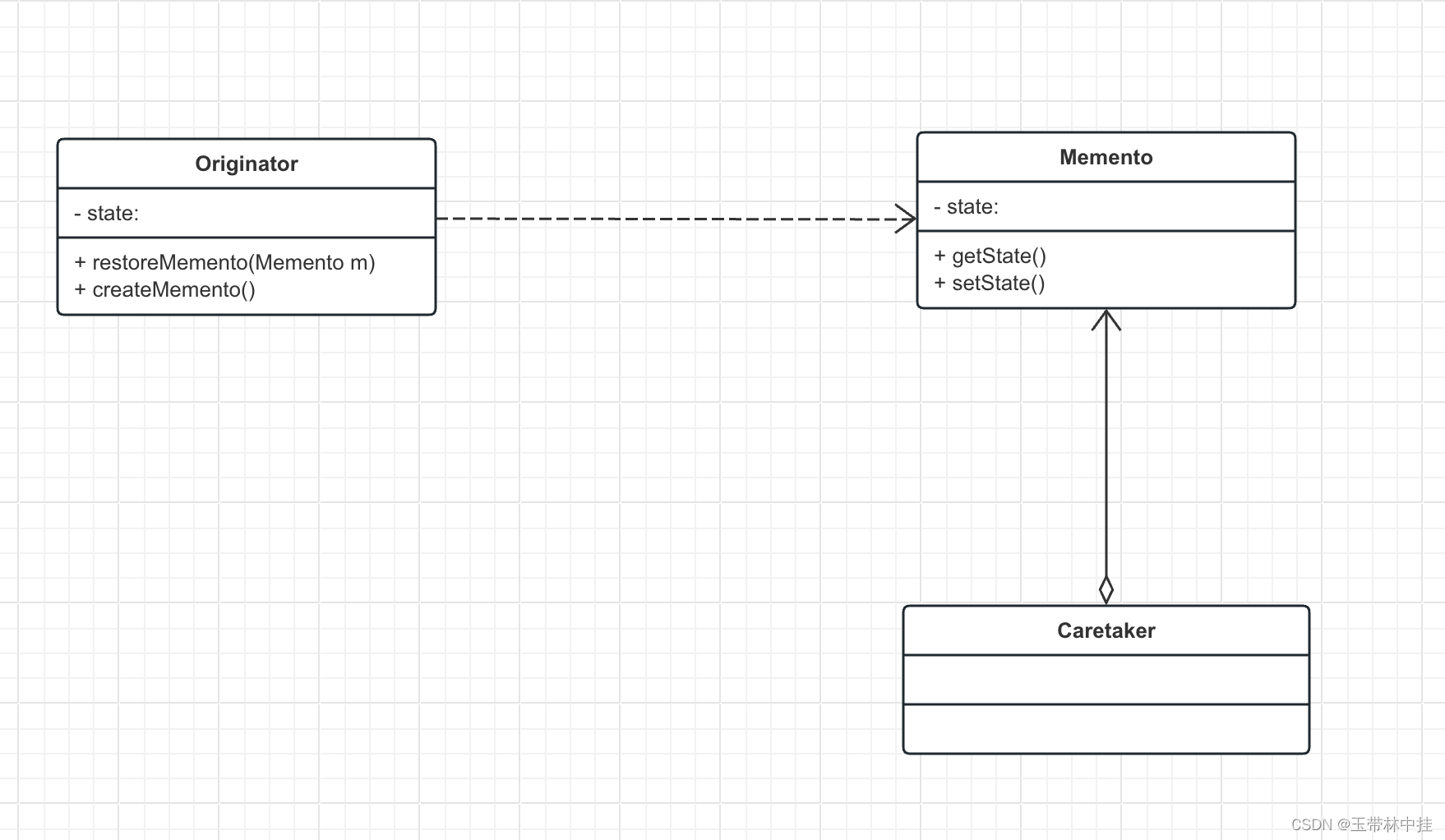
Originator(原发器):它是一个普通的类,通过创建一个备忘录来存储当前内部状态,也可以用备忘录来恢复其内部状态,一般将系统中需要保存内部状态的类设计为原发器。
Memento(备忘录): 备忘录用于存储原发器的内部状态,根据原发器来保存哪些内部状态。备忘录的设计一般可以参考原发器的设计,根据实际需要确定备忘录类中的属性,除了原发器和负责人类之外,备忘录对象不能直接供其他类使用。
Caretaker(负责人):它负责保存备忘录。在负责人类中可以存储一个或多个备忘录对象,它只负责存储对象,而不能修改对象,也无须知道对象的实现细节。
实例
现在来实现一个象棋的软件,通过备忘录模式可以实现“悔棋”的功能。
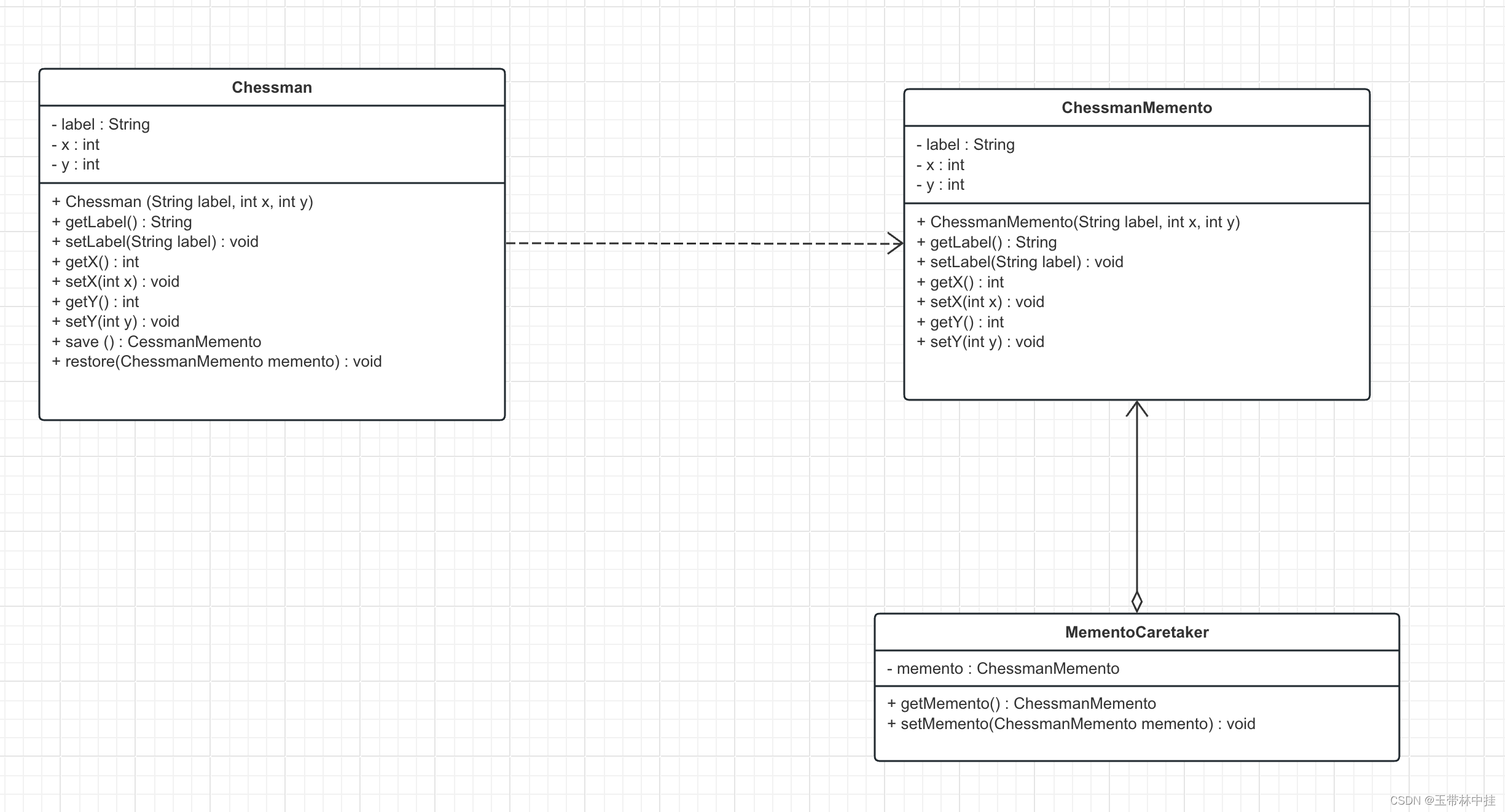
象棋类,充当原发器
public class Chessman {
private String label;
private int x;
private int y;
public Chessman(String label, int x, int y) {
this.label = label;
this.x = x;
this.y = y;
}
public void setLabel(String label) {
this.label = label;
}
public void setX(int x) {
this.x = x;
}
public void setY(int y) {
this.y = y;
}
public String getLabel() {
return (this.label);
}
public int getX() {
return (this.x);
}
public int getY() {
return (this.y);
}
public ChessmanMemento save() {
return new ChessmanMemento(this.label, this.x, this.y);
}
public void restore(ChessmanMemento memento) {
this.label = memento.getLabel();
this.x = memento.getX();
this.y = memento.getY();
}
}
ChessmanMemento类,充当象棋备忘录
public class ChessmanMemento {
private String label;
private int x;
private int y;
public ChessmanMemento(String label, int x, int y) {
this.label = label;
this.x = x;
this.y = y;
}
public void setLabel(String label) {
this.label = label;
}
public void setX(int x) {
this.x = x;
}
public void setY(int y) {
this.y = y;
}
public String getLabel() {
return (this.label);
}
public int getX() {
return (this.x);
}
public int getY() {
return (this.y);
}
public ChessmanMemento save() {
return new ChessmanMemento(this.label, this.x, this.y);
}
public void restore(ChessmanMemento memento) {
this.label = memento.getLabel();
this.x = memento.getX();
this.y = memento.getY();
}
}
MementoCaretaker类,象棋备忘录管理者,充当负责人
public class MementoCaretaker {
private ChessmanMemento memento;
public ChessmanMemento getMemento() {
return memento;
}
public void setMemento(ChessmanMemento memento) {
this.memento = memento;
}
}
客户端
public class Client {
public static void main(String[] args) {
MementoCaretaker mc = new MementoCaretaker();
Chessman chess = new Chessman("车", 1, 1);
display(chess);
mc.setMemento(chess.save()); //保存状态
chess.setY(4);
display(chess);
mc.setMemento(chess.save()); //保存状态
chess.setX(5);
display(chess);
System.out.println("******悔棋******");
chess.restore(mc.getMemento()); //恢复状态
display(chess);
}
public static void display(Chessman chess) {
System.out.println("棋子" + chess.getLabel() + "当前位置为:" + "第" + chess.getX() + "行,第" + chess.getY() + "列。");
}
}
打印结果
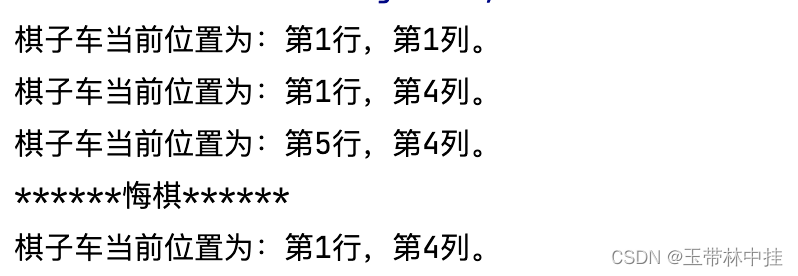
如果想做到批量回退,思路是在MementoCaretaker维护一个有序的list即可,用来存放ChessmanMemento对象。
总结
【原发器】就是我们要进行备份的东西,【备忘录】和【原发器】基本是一样的,只不过可以把它理解为【原发器】的备份,【负责人】就是客户端的入口,通过它来进行备份和保存,但是它关联的是【备忘录】,并不是【原发器】。
当我们保存一个对象在某一时刻的全部状态或部分状态,需要以后它能够恢复到先前的状态时,可以考虑备忘录模式。

